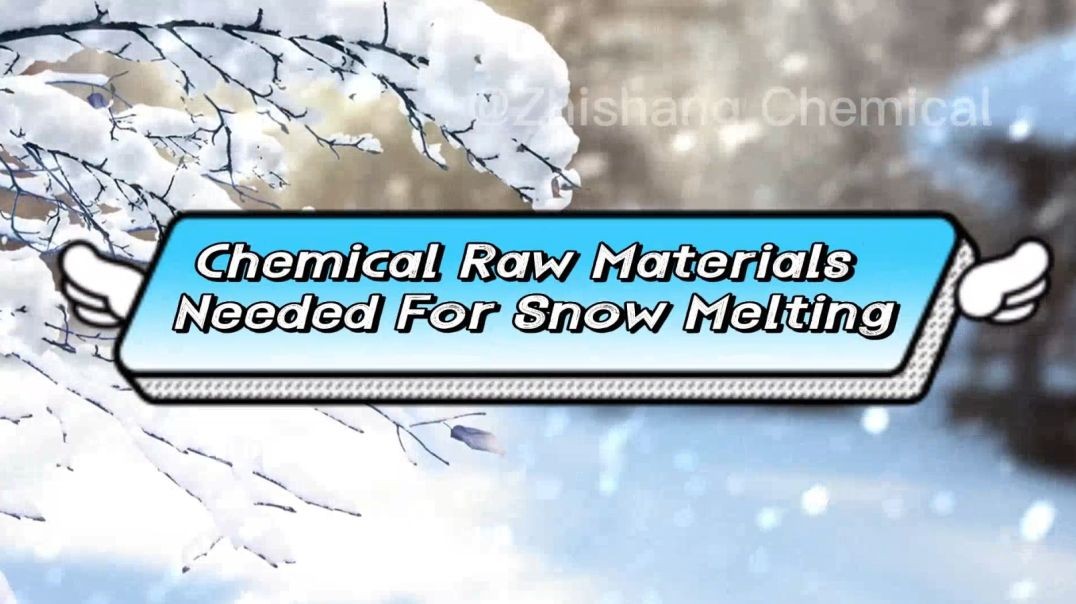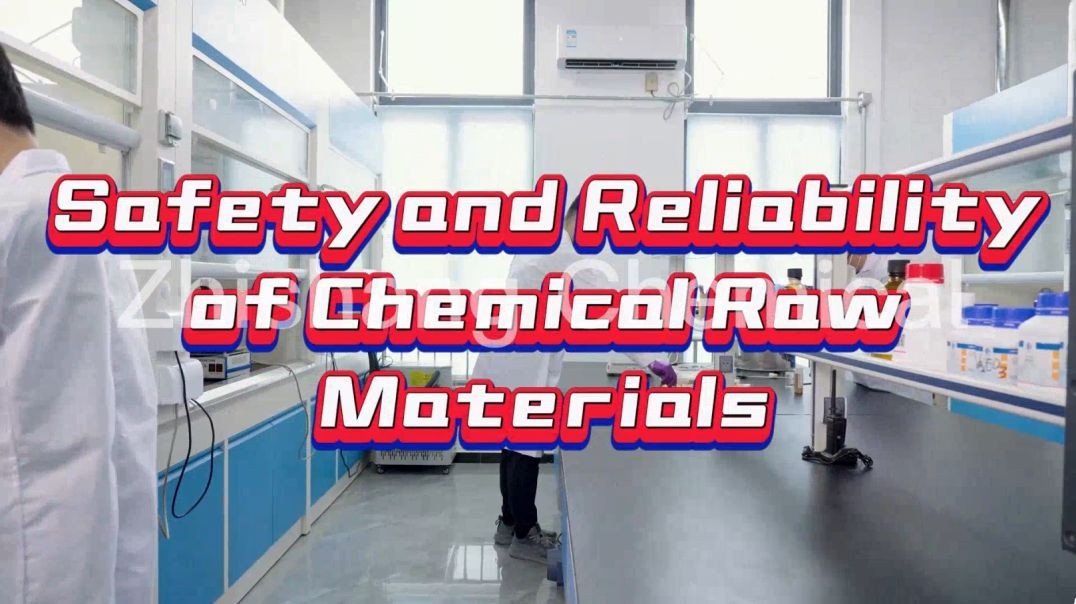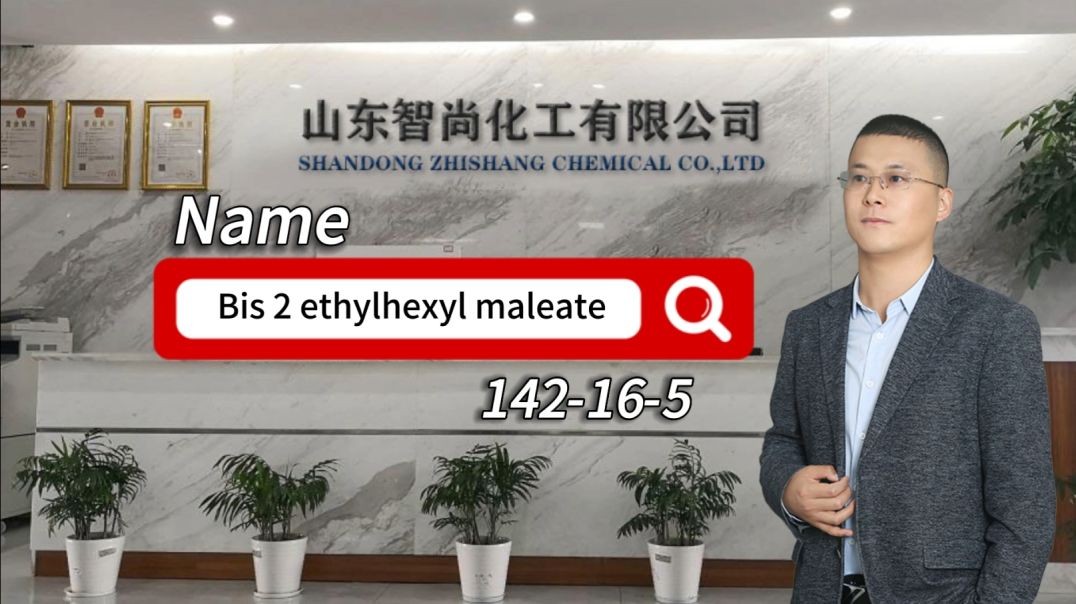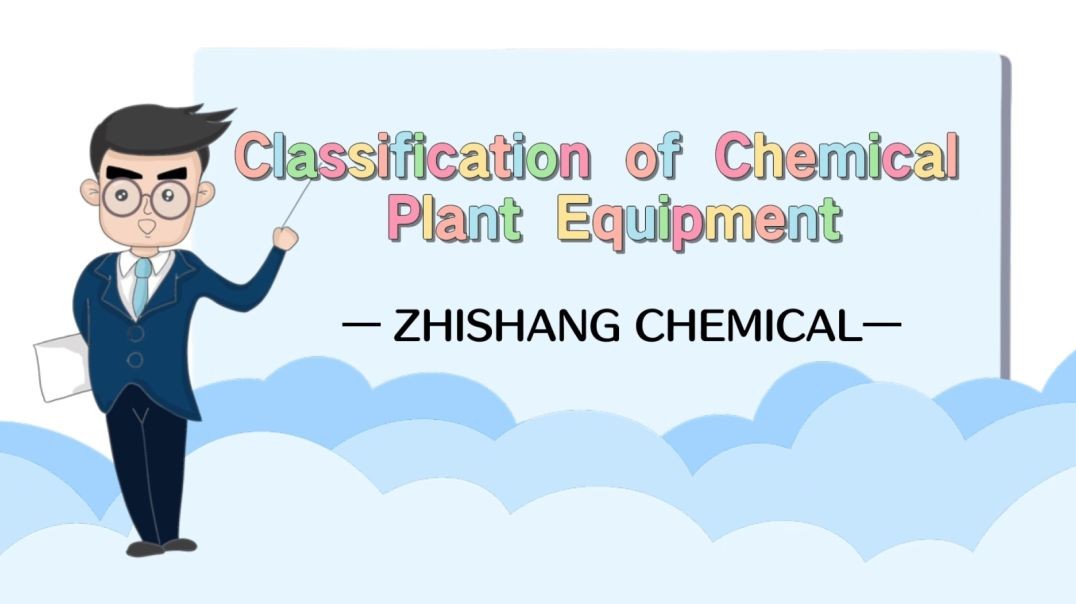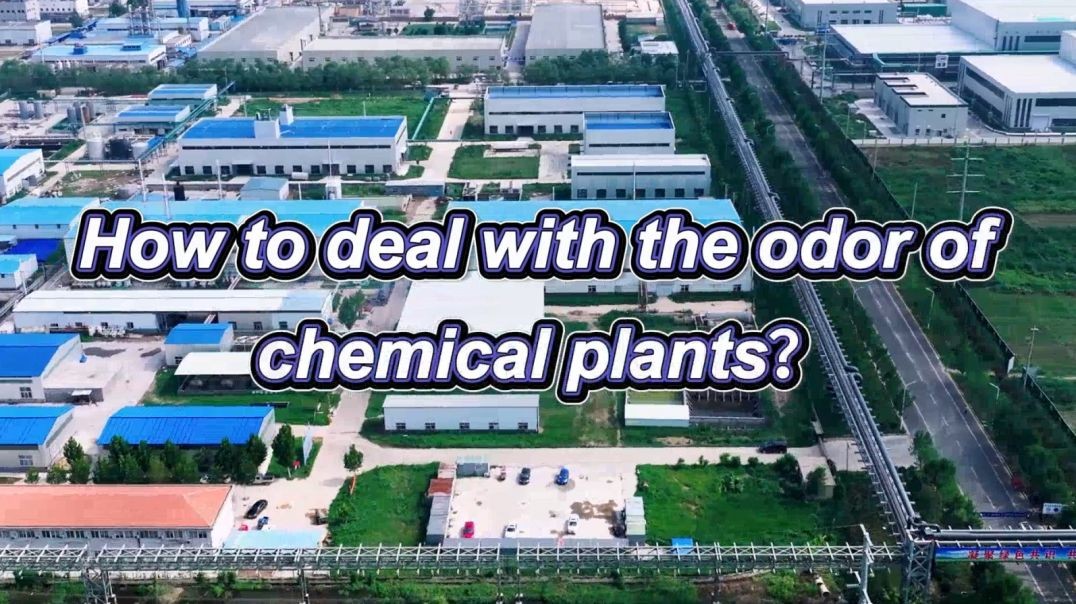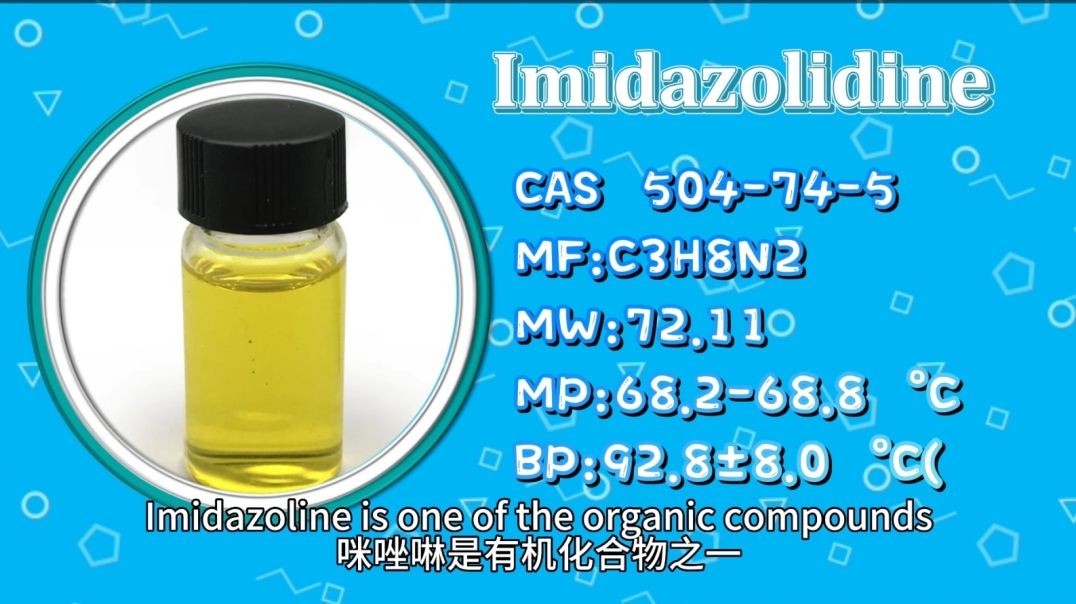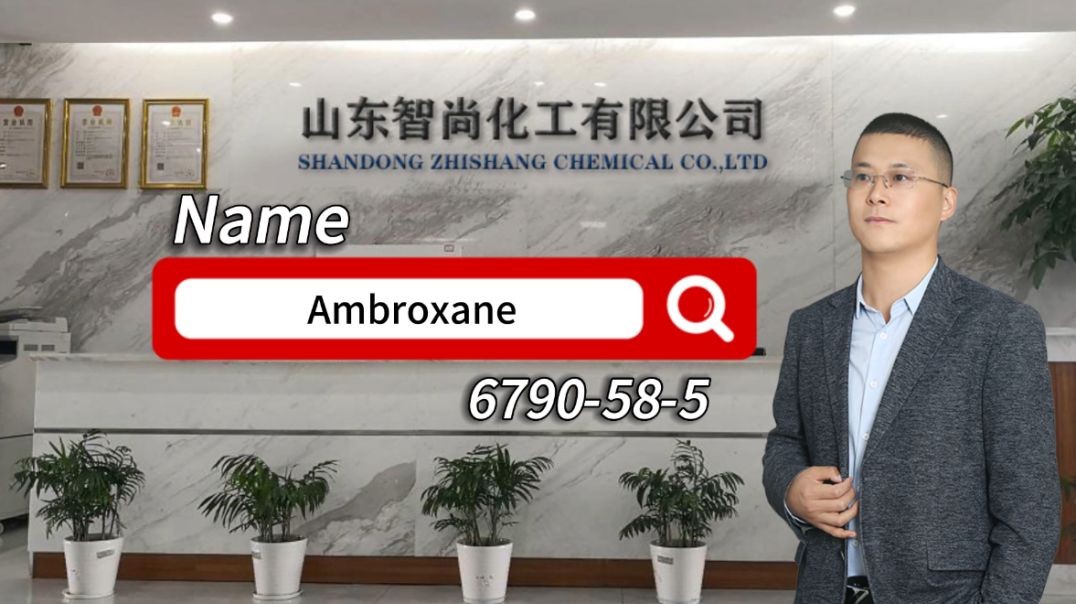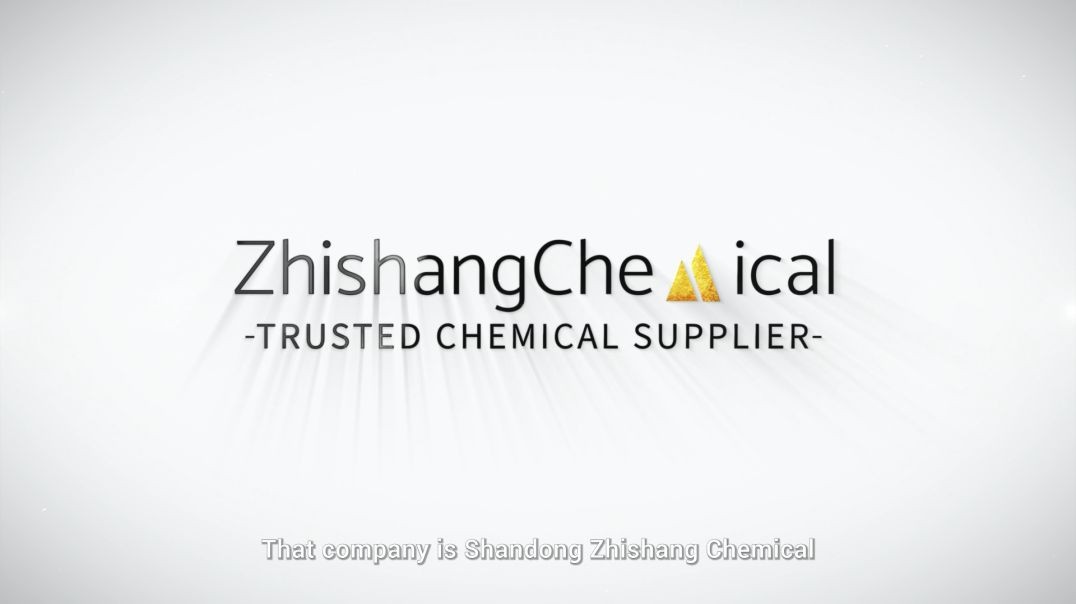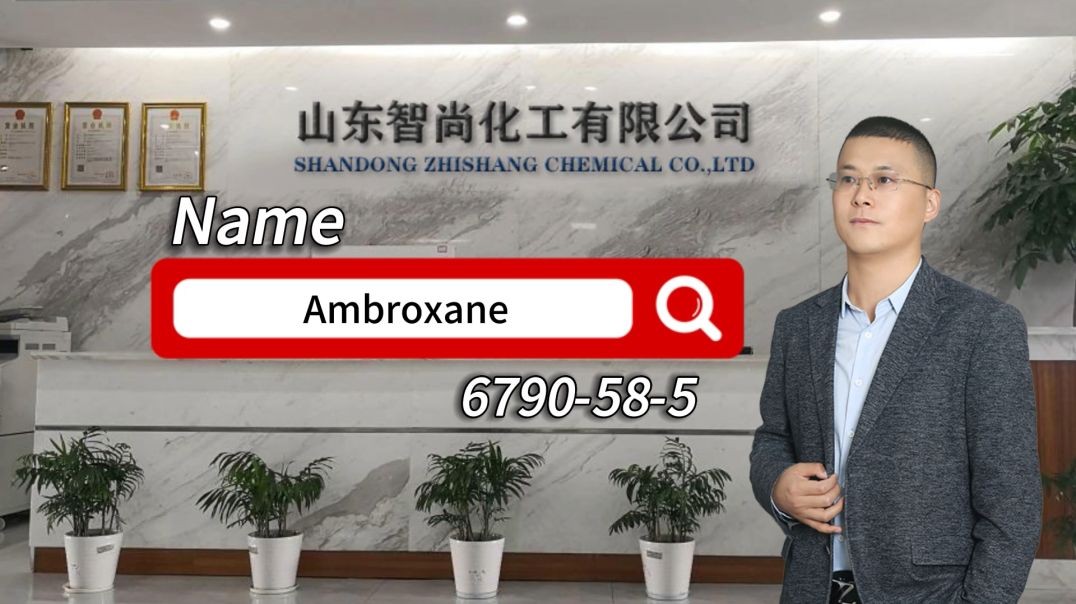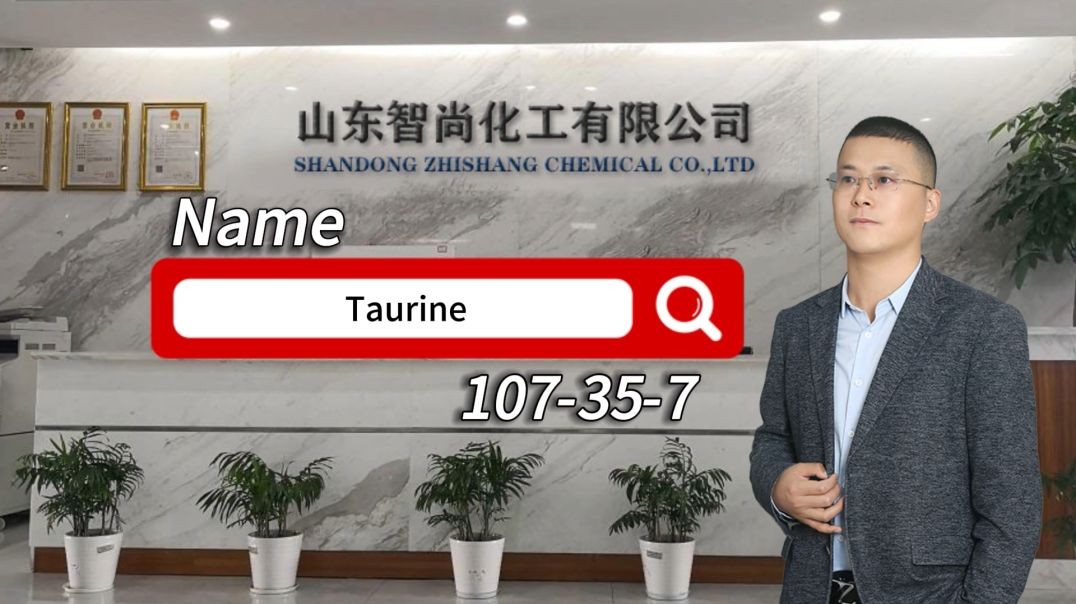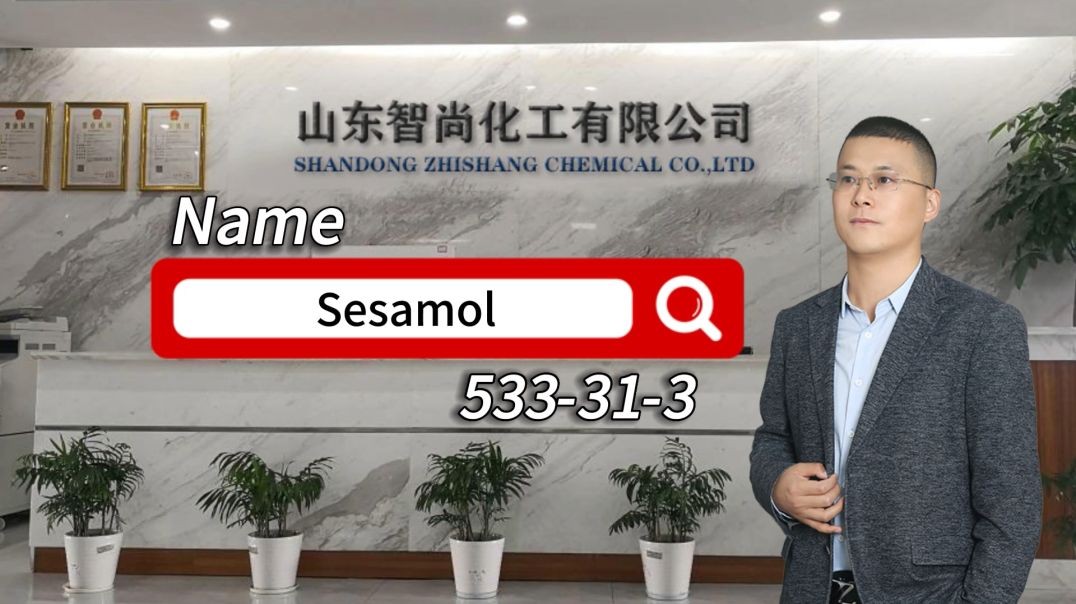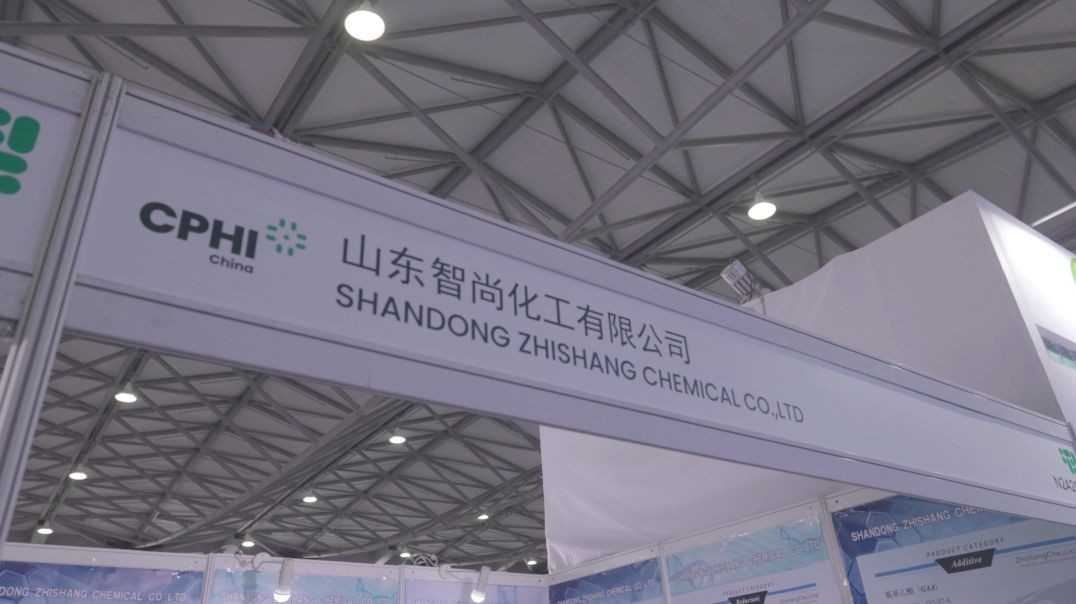Methods for treating chemical wastewater
Methods for treating chemical wastewater
1. Physical processing methods
Physical treatment methods are a common approach in chemical wastewater treatment, mainly used to remove insoluble substances such as suspended solids and oils from wastewater. The specific methods include filtration, gravity precipitation, air flotation, and adsorption. The air flotation method removes oil and suspended solids by introducing a large number of tiny bubbles into the wastewater, causing suspended particles to adhere to the bubbles and float to the water surface.
2. Chemical treatment methods
Chemical treatment methods remove pollutants from wastewater through chemical reactions and are suitable for treating high concentration, difficult to degrade organic and inorganic substances. Common methods include chemical oxidation, coagulation, and electrolysis. Chemical oxidation method uses oxidants such as ozone, hydrogen peroxide, etc. to oxidize organic matter into harmless substances. The coagulation method involves adding coagulants to coagulate suspended solids into large particles and remove them. The electrolysis method removes pollutants through electrochemical reactions.
3. Biological treatment methods
The biological treatment method utilizes the metabolic activity of microorganisms to degrade organic matter and is suitable for treating organic wastewater. Common biological treatment methods include aerobic and anaerobic treatment technologies. Anaerobic biological treatment converts organic matter into methane and carbon dioxide through anaerobic bacteria under anaerobic conditions, and is suitable for high concentration organic wastewater. Aerobic biological treatment involves the degradation of organic matter by aerobic microorganisms.

